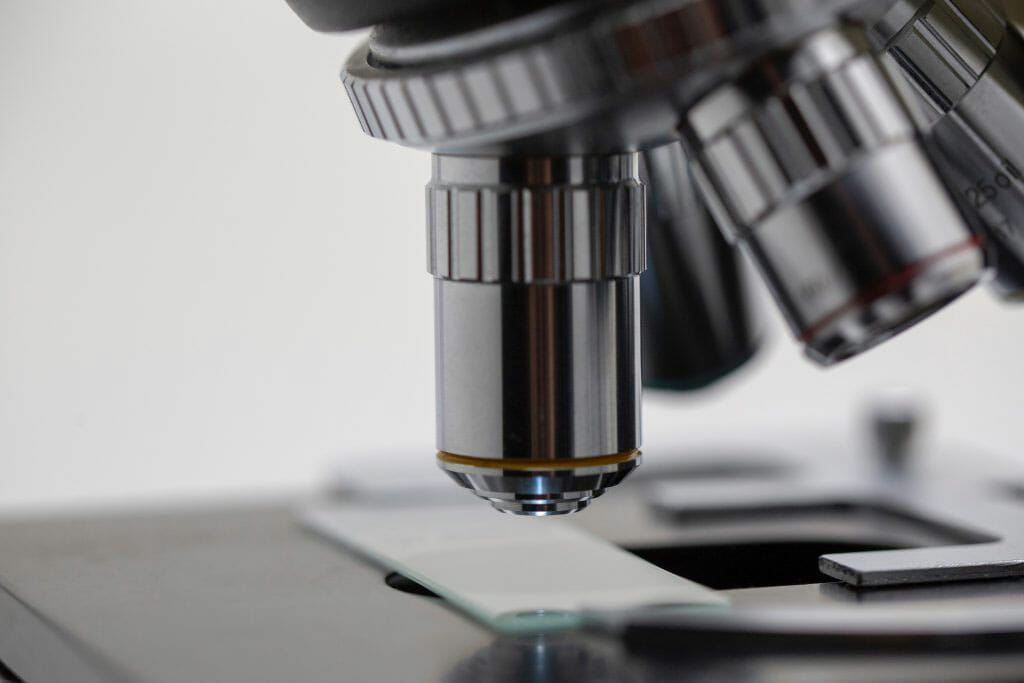Stem Cell Research
Learn
Human embryonic stem cells are immature cells that have not yet “decided” what type of cell they are going to be yet. Since they are immature, they can be used to treat people’s diseases or injuries. Because embryonic stem cells are obtained from destroyed human embryos, the concerns are similar to those surrounding abortion. In its simplest form, using embryonic stem cells involves a bigger, stronger person making a life-ending decision for a smaller, weaker person. And that is never permissible.

However, there is no controversy regarding the use of human adult stem cells, since retrieving these cells does not destroy a human being. Adult stem cells are harvested from the individual needing the therapy, grown in culture to increase their number, and then be reinserted back into the same individual. This means the treatment could be carried out with the patient’s own cells, virtually eliminating any rejection problems. Adult stem cells may also be easier to control since they already possess the ability to produce the needed cells simply by being placed in the vicinity of the damaged tissue.
However, Induced Pluripotent Stem Cells (iPSCs) are the best solution to this problem. Like Adult Stem Cells, they do not destroy a human being, and don’t use cloning. Learn more about iPSCs here.
The Facts
- Human Embryonic Stem Cell Research (hESC) is ethically wrong because it destroys human persons at the embryonic stage of development.
- Adult Stem Cell Research is ethically justifiable because it does NOT end lives.
- Embryonic Stem Cell Research has found no treatments or cures, while Adult Stem Cell Research has found more than 77 treatments/cures.
- We now have amazing new technology like Induced Pluripotent Stem Cells (iPSC) that is quickly making hESC research extinct and obsolete.
- iPSCs have the advantages of hESCs, but do NOT kill humans at the embryonic stage of development. iPSCs are cells that possess the same pluripotent characteristics of embryonic stem cells; however, they are not obtained from embryos, nor using eggs or cloning.
- They are obtained by taking an ordinary somatic (body) cell, like a skin cell, and reprogramming it to an embryonic-like pluripotent state. For more information about iPSCs, click here.
Types of Stem Cells
There are three types of stem cells: Embryonic, Adult, and Induced Pluripotent Stem Cells.
Large numbers of embryonic stem cells can be easily grown in culture, while adult stem cells are rare as they are found in mature human tissues. The supply of induced pluripotent stem cells is unlimited because new technology allows researchers the ability to reprogram different cells, which are already present in a person’s body. This is an important distinction, as large numbers of stem cells are needed for stem cell replacement therapies.
The advantages of using stem cells from a patient’s own body cells, which are expanded in culture and then reintroduced into the patient, are significant. The use of the patient’s own stem cells helps reduce the chance that the new stem cells will not be rejected by the patient’s immune system. This represents a significant advantage as immune rejection is a difficult problem in stem cell therapy that can only be circumvented with immunosuppressive drugs.
Induced Pluripotent Stem Cells, The Future of Regenerative Medicine
The ability to reprogram ordinary body cells into pluripotent cells is considered one of the major scientific advances of our time. Many scientists have strongly suggested that this new development represents the future of regenerative medicine, with human embryonic stem cells now becoming obsolete. Even scientist Ian Wilmut, cloning pioneer and creator of Dolly the sheep, has said, “The fact that introduction of a small number of proteins into adult human cells could produce cells that are equivalent to embryo stem cells takes us to an entirely new era of stem cell biology.” In fact, iPS cells are preferable to cloning, on both ethical and practical grounds.
For more information about iPSCs, click here.
Adult Stem Cell Successes
As reported by Life Site News:
While most disease research organizations, such as Juvenile Diabetes, Multiple Sclerosis, and the Canadian Cancer Society, continue to promote the use of living embryonic human beings for experimentation, the only success stories to date have all come from the use of adult stem cells.
A young American woman, Erica Nader, who was injured in a car accident and paralyzed from the upper arms down, has been treated for a spinal cord injury using stem cells taken from her nose and implanted in the spinal cord at the site of the injury. The procedure, which is performed nowhere else in the world, was performed by a team of surgeons in Portugal at Lisbon’s Egas Moniz Hospital. “After three years, magnetic imaging resonance (MRI) tests show that the cells indeed promote the development of new blood cells and synapses, or connections between nerve cells,” says Dr. Carlos Lima, chief of the Lisbon team.
Nader is recovering slowly but steadily. She was paralyzed from her biceps down and had no finger movements. Now, three years later, she can do exercises on a floor mat and walk with leg braces on a treadmill!
Read more about Nader’s story here.
Read more adult stem cell therapy success stories here.
More Information
Learn more:
